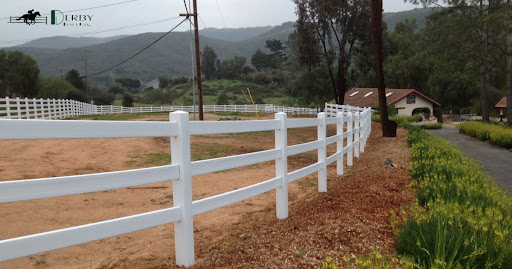In the realm of livestock management, investing in a high-quality fence is paramount. Among the array of fencing materials available, HDPE (High-Density Polyethylene) stands out for its exceptional durability and UV resistance. However, while HDPE fences are renowned for their longevity, proper maintenance and care are imperative to ensure they remain vibrant and functional for years to come.
Understanding UV Resistance in HDPE Fencing
What is HDPE?
HDPE is a synthetic polymer composed of ethylene, renowned for its robustness and versatility. Its molecular structure grants it remarkable strength and resistance to various environmental factors, including UV radiation.
Importance of UV Resistance
UV radiation from the sun poses a significant threat to outdoor structures, including fencing. Prolonged exposure to UV rays can cause materials to degrade, resulting in fading, brittleness, and ultimately, structural failure. HDPE’s inherent UV resistance mitigates these risks, offering superior protection against the harmful effects of sunlight.
Factors Affecting UV Resistance
Color Pigmentation
The color pigmentation of HDPE fencing plays a crucial role in its UV resistance. Darker hues absorb more sunlight and may experience faster degradation compared to lighter shades. Manufacturers often incorporate UV stabilizers and pigments into HDPE formulations to enhance UV resistance and prevent color fading.
Material Thickness
The thickness of HDPE fencing material also influences its UV resistance. Thicker panels inherently provide greater protection against UV radiation, prolonging the lifespan of the fence and maintaining its aesthetic appeal over time.
Surface Coatings
Some HDPE fences may feature additional surface coatings or treatments designed to enhance UV resistance further. These coatings act as a barrier against UV rays, shielding the underlying material from degradation and preserving its integrity for an extended period.
Best Practices for Maintaining UV Resistance
Regular Cleaning
Routine cleaning is essential for preserving the UV resistance of HDPE fencing. Remove dirt, debris, and organic matter from the surface using a mild detergent solution and a soft brush or cloth. Avoid harsh chemicals or abrasive cleaning agents, as these may damage the material or compromise its UV resistance.
Inspection and Repair
Periodic inspection of the fence is critical to identify any signs of damage or deterioration promptly. Check for cracks, chips, or discoloration, as these may indicate UV damage or other underlying issues. Prompt repairs and maintenance help mitigate further damage and extend the lifespan of the fence.
UV Protective Coatings
Consider applying UV protective coatings or treatments to enhance the UV resistance of your HDPE fence further. These specialized products create a barrier against UV radiation, reducing the risk of fading, discoloration, and degradation. Consult with a professional to determine the most suitable coating for your specific fencing needs.
Conclusion
Investing in an HDPE fence offers unparalleled durability and UV resistance, making it an ideal choice for livestock management applications. By understanding the factors influencing UV resistance and implementing proper maintenance practices, you can ensure your HDPE fence remains vibrant and functional for years to come. Protect your investment and safeguard your livestock with a resilient HDPE fence that stands the test of time.


